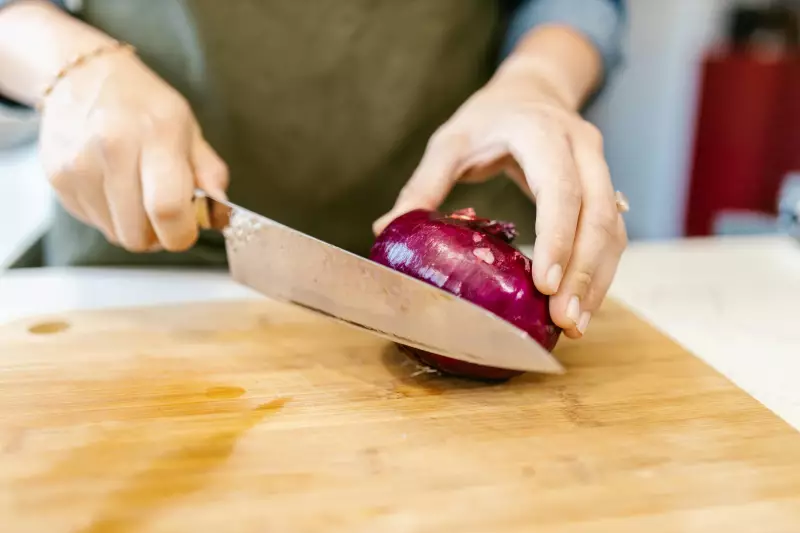
For generations, home cooks and professional chefs alike have battled the inevitable tears that come with chopping onions. But what if science has finally found the solution to this age-old kitchen problem?
A groundbreaking Canadian study has analyzed the precise factors that determine whether you'll be reaching for tissues during meal prep. The research reveals that two key elements can make all the difference between a tearful experience and a dry-eyed cooking session.
The Two Critical Factors for Tear-Free Onion Prep
According to the comprehensive research, your success in avoiding onion-induced tears comes down to:
- Knife Sharpness: A razor-sharp blade causes significantly less cellular damage to the onion
- Cutting Speed: Faster, more confident slicing reduces exposure to tear-inducing compounds
Why Sharp Knives Make All the Difference
The science behind this culinary breakthrough is fascinating. When you chop an onion with a dull blade, you're essentially crushing the onion cells rather than cleanly slicing through them. This brutal approach releases more of the enzyme alliinase and sulfoxide compounds that combine to form the notorious tear gas known as syn-propanethial-S-oxide.
"A sharp knife creates cleaner cuts with minimal cell rupture," explains the research. "This precision approach significantly reduces the amount of irritants released into the air around your cutting board."
The Speed Factor: Why Quicker is Better
Your chopping tempo plays a crucial role in tear prevention. The study found that rapid, efficient cutting minimizes your exposure time to the onion's defensive chemicals. Think of it as a race against the compounds traveling toward your eyes.
Researchers observed that cooks who worked quickly and confidently experienced far fewer tears than those who hesitated or used slow, uncertain motions. The lesson? Practice your knife skills until they become second nature.
Putting It All Together: Your Tear-Free Action Plan
For the ultimate tear-free onion experience, combine these findings with these practical tips:
- Regularly sharpen your knives or have them professionally honed
- Work efficiently and confidently when chopping
- Consider chilling onions briefly before cutting to slow chemical reactions
- Use proper cutting techniques to maintain control and speed
This Canadian research transforms onion preparation from a dreaded chore into a scientific process. By understanding the chemistry behind the tears and applying these evidence-based techniques, you can finally say goodbye to watery eyes in the kitchen.





